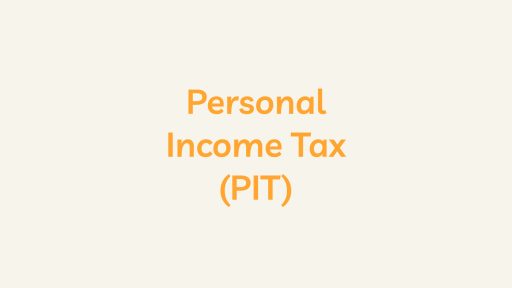What is Per Diem?
- “Per diem” is a Latin term that translates to “per day.” In a business context, per diem refers to a daily allowance or a fixed amount of money provided to individuals to cover expenses related to meals, lodging, and incidental costs while on business or work-related travel.
- The primary purpose of per diem is to streamline the reimbursement process for business-related expenses. Rather than requiring employees to submit detailed receipts for each meal or expense, per diem offers a standardized daily rate.
2. Components of Per Diem:
a. Meals:
- Per diem typically includes an allowance for meals, but the amount can vary depending on the specific location of travel.
b. Lodging:
- Another component is lodging, covering the costs associated with staying overnight. The destination’s cost of living often determines lodging allowances.
c. Incidental Expenses:
- Incidental expenses, such as tips for hotel staff, transportation fees, and other miscellaneous costs, are also factored into per diem.
3. Per Diem Calculation and Rates:
a. Location-Based Rates:
- Per diem rates are often calculated based on the location of travel. Considering expense variations, government agencies or organizations may establish standard rates for different cities or regions.
b. Government Standards:
- The U.S. General Services Administration (GSA) sets per diem rates for federal employees, providing a guideline for many organizations and industries.
4. Application to Different Industries:
- Per diem is commonly utilized in industries involving frequent travel, including business, government, consulting, and certain freelance or contract work.
5. Simplicity in Reimbursement:
a. Receipt-Free Reimbursement:
- The use of per diem simplifies the reimbursement process. Employees receive a fixed amount for each day of travel, eliminating the need to track and submit individual receipts for each expense.
b. Administrative Efficiency:
- For employers, per diem offers administrative efficiency, reducing the burden of processing numerous expense reports and receipts.
6. Per Diem Tax Implications:
a. Taxable or Non-Taxable:
- Per diem payments may have tax implications. Per diem may be considered non-taxable, but tax regulations vary depending on the circumstances. Individuals should seek guidance from tax professionals.
b. IRS Guidelines:
- The IRS provides guidelines on the tax treatment of per diem payments, considering factors such as the duration and purpose of travel.
7. Industry Standards and Policies:
a. Organizational Policies:
- Many organizations have specific policies regarding per diem, including maximum allowable rates, documentation requirements, and the approval process for travel-related expenses.
b. Flexibility and Exceptions:
- Some organizations allow flexibility in per diem rates or make exceptions based on individual circumstances. For instance, higher per diem rates may be permitted for travel to high-cost cities.
8. Per Diem Employee Responsibility:
a. Adherence to Policies:
- Employees should adhere to company policies when claiming per diem, ensuring that expenses are reasonable and comply with established guidelines.
b. Documentation:
- While per diem reduces the need for individual receipts, employees may still need to provide documentation for certain expenses not covered by per diem.
9. Notable Considerations:
a. Reasonableness of Expenses:
- Employers often expect employees to exercise reasonable judgment when incurring expenses that fall outside the per diem coverage.
b. Travel Advances:
- Some organizations provide travel advances, allowing employees to access a portion of their per diem before the trip.
Conclusion
Per diem is a standardized daily allowance designed to simplify the reimbursement process for business-related travel expenses. By covering meals, lodging, and incidental costs, per diem offers a streamlined approach for both employees and employers. With considerations for tax implications, organizational policies, and industry standards, per diem remains a practical and widely-used tool for managing expenses in the context of business travel.





